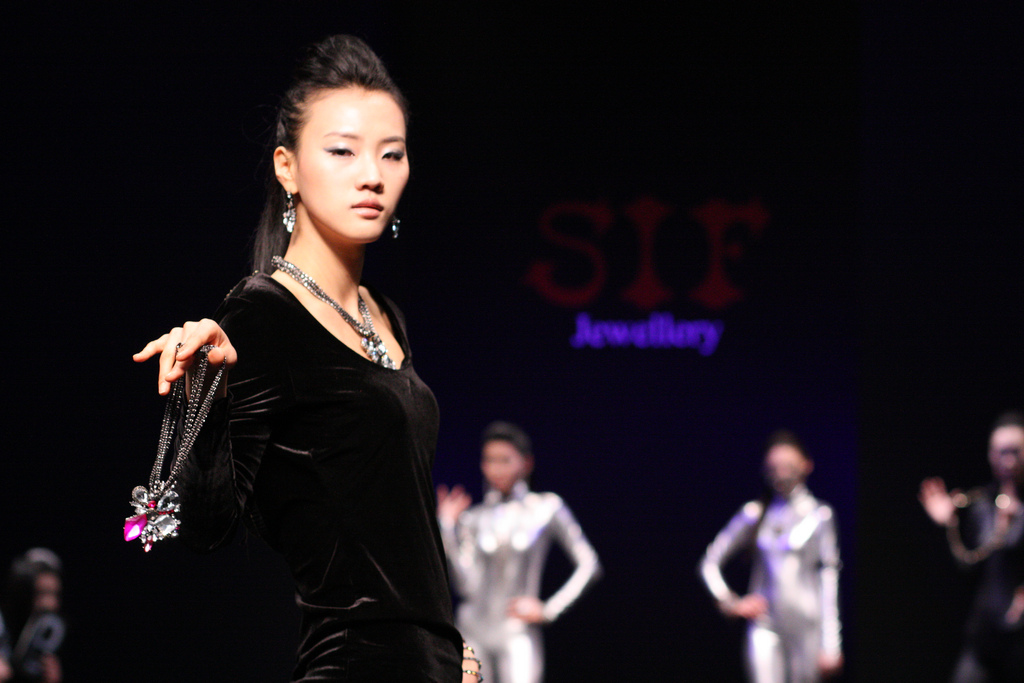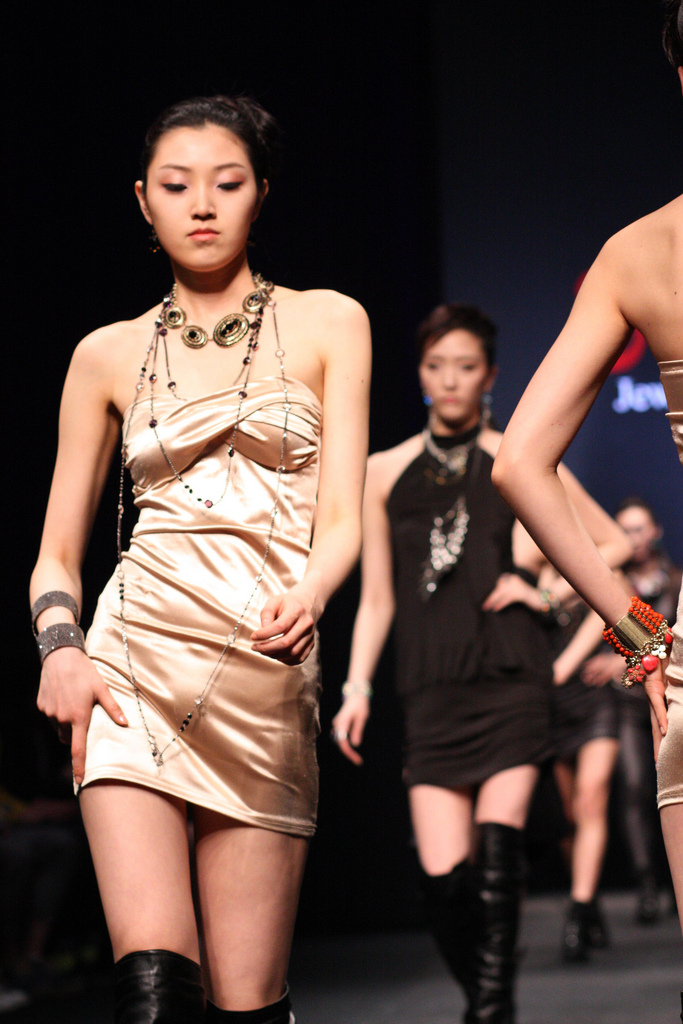The Peninsula
By Design: A Look at Korea’s Fashion Industry

By Troy Stangarone
Sleek. Trendy. Cutting edge. Creative. Elegant. And at times bold. All describe fashion in Korea. For Korea, fashion is very much a part of the culture. From a Korean-American colleague of mine who could go toe-to-toe with any of the world’s fashionistas to the trendy and hip fashions of the recent Yeosu Expo or the streets of Seoul, Koreans are being recognized more and more for their sense of fashion. As a result, after years of being under the radar, Korean designers are increasingly being noticed by the world of haute couture of London, Paris, Milan, and New York.
For years, the image of Korea has been one based on the industrial successes of corporations such as Samsung, Hyundai, and LG. But more recently, Korea has begun to play a greater role in global culture. In the late 1990s, Korea began to export pop music, movies, and television dramas to Asia setting off what the Chinese press coined as “Hallyu,” or the Korean Wave. The success of Korean cultural exports has helped to turn Korea into a glamour capitol of Asia. At the same time, while Korea has long been known as a producer of high quality textiles, talented designers have not always received the recognition of their Western counterparts.
 As a fashion trend setter, Korea makes sense. The Korean Wave provides a natural outlet for Korean fashion and Asia’s rise in the global economy will likely lead to increasing demand for Asian fashions as well.
As a fashion trend setter, Korea makes sense. The Korean Wave provides a natural outlet for Korean fashion and Asia’s rise in the global economy will likely lead to increasing demand for Asian fashions as well.
In some sense, Korea may be ahead of the curve in Asia. Demand for luxury goods in Korea has made it an important market for foreign premium brands to test products. Louis Vuitton bags are referred to as the “three second bag” because of their ubiquity in Seoul. The appetite for luxury goods is so great in Korea that mass market stores such as Seven-Eleven are getting into the market. The fashion craze in Korea extends so far that Seoul recently opened a handbag museum, which is even architecturally designed like a handbag.
According to research done by McKinsey & Company, Korea’s luxury goods market is worth $4 billion annually, or 4 percent of the global market, and expected to continue growing. Or, put another way, Korea purchases about one-third of the luxury items of the world’s second largest luxury market, China, with a significantly smaller population.
 With the high level of interest in fashion in Korea, the government has put support into promoting Seoul and Korean designers on the global stage. It has ambitions of turning Seoul Fashion Week into a show on par with those in New York, London, Paris, and Milan, while at the same time setting up the Seoul Fashion Center and programs such as Concept Korea to help promising Korean designers break into fashion and trade shows abroad.
With the high level of interest in fashion in Korea, the government has put support into promoting Seoul and Korean designers on the global stage. It has ambitions of turning Seoul Fashion Week into a show on par with those in New York, London, Paris, and Milan, while at the same time setting up the Seoul Fashion Center and programs such as Concept Korea to help promising Korean designers break into fashion and trade shows abroad.
However, to make it big in fashion, Korean designers will have to succeed in the United States. While Korean designers have yet to see the success of Taiwanese born designer Jason Wu, who designed Michele Obama’s inauguration dresses in 2009 and 2013, they have had success in America. Michele Obama has worn Korean designer Doo-Ri’s clothing at a state dinner and her pieces are sold at Saks and Neiman Marcus. Other designers, such as Lie Sang Bong, list pop stars such as Lady Gaga and Beyonce as clients and the pre-show for Concept Korea at this year’s New York Fashion Week was by all indications a success.
 For designers in Korea, government assistance is no doubt helpful for gaining exposure in the global fashion industry, but truly breaking out in a cultural industry like fashion will likely require the talents of those beyond government. The designers will have to be unique and cutting edge. They will have to find a way to tap into markets to create demand for their styles and continue to be seen as trend setters. Additionally, much as Psy broke into the U.S. market as his video went viral on YouTube, bloggers and smaller media will likely drive the interest that will help Korea break out into the mainstream of the fashion world.
For designers in Korea, government assistance is no doubt helpful for gaining exposure in the global fashion industry, but truly breaking out in a cultural industry like fashion will likely require the talents of those beyond government. The designers will have to be unique and cutting edge. They will have to find a way to tap into markets to create demand for their styles and continue to be seen as trend setters. Additionally, much as Psy broke into the U.S. market as his video went viral on YouTube, bloggers and smaller media will likely drive the interest that will help Korea break out into the mainstream of the fashion world.
While it might be tempting to dismiss Korea’s emergence in haute couture as being driven by the highly stylized Hallyu and the imitative nature of prior Korean industrial successes, that would likely be a misplaced assumption when viewed from an individual level. Fashion is often a highly personalized and distinctive form of human expression that often pales when imitated. Ultimately, it will be this sense of expression and creativity that will determine if Seoul and its designers rise to rival Milan, Paris, New York or London in the world of fashion.
Troy Stangarone is the Senior Director for Congressional Affairs and Trade for the Korea Economic Institute. The views expressed here are his alone.
Photos from the author and tylerray’s photostream on flickr Creative Commons.
